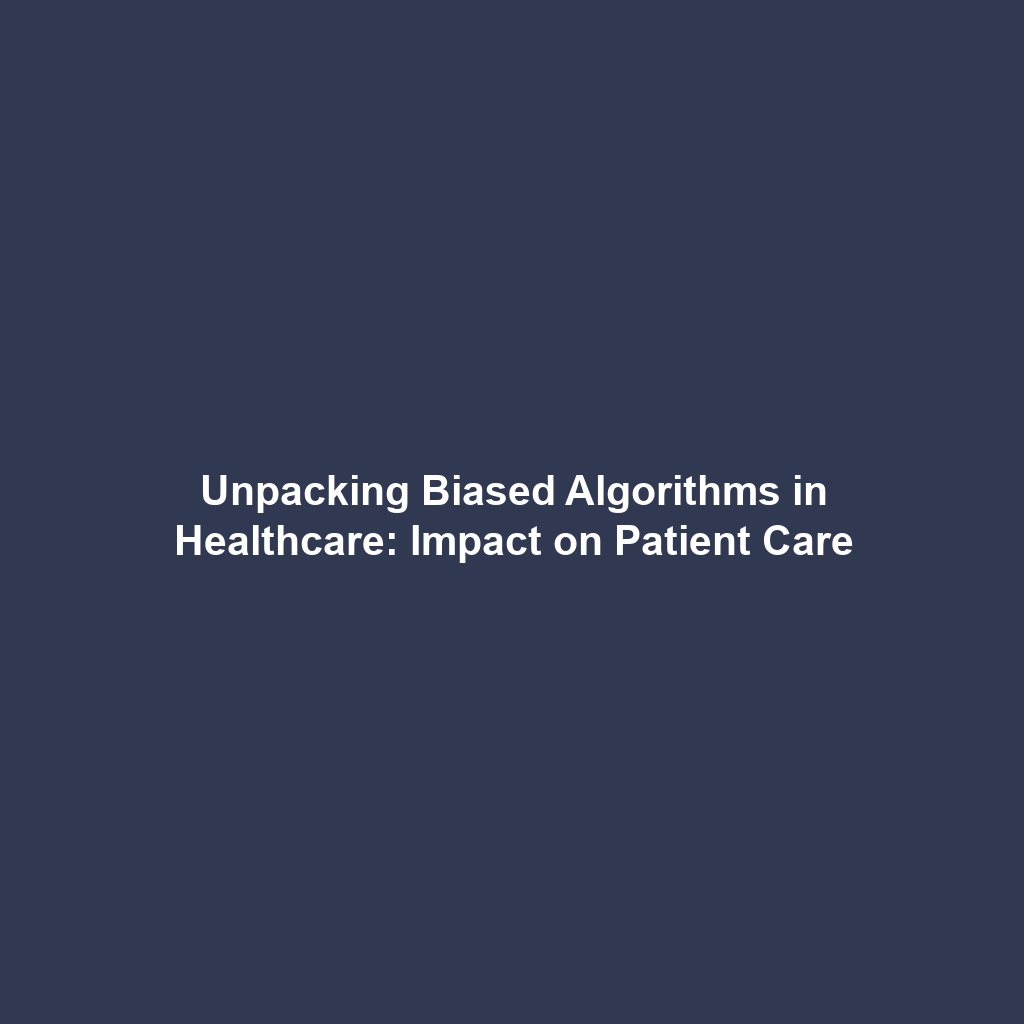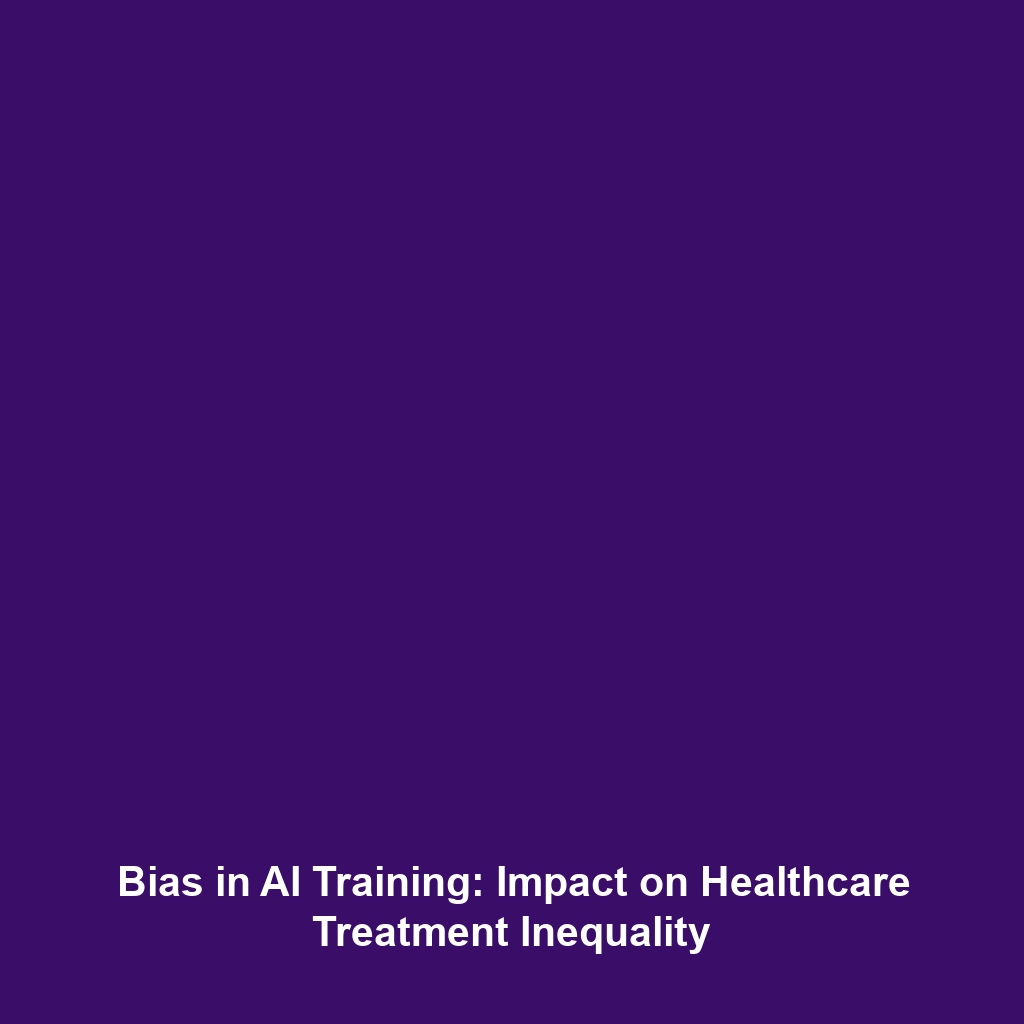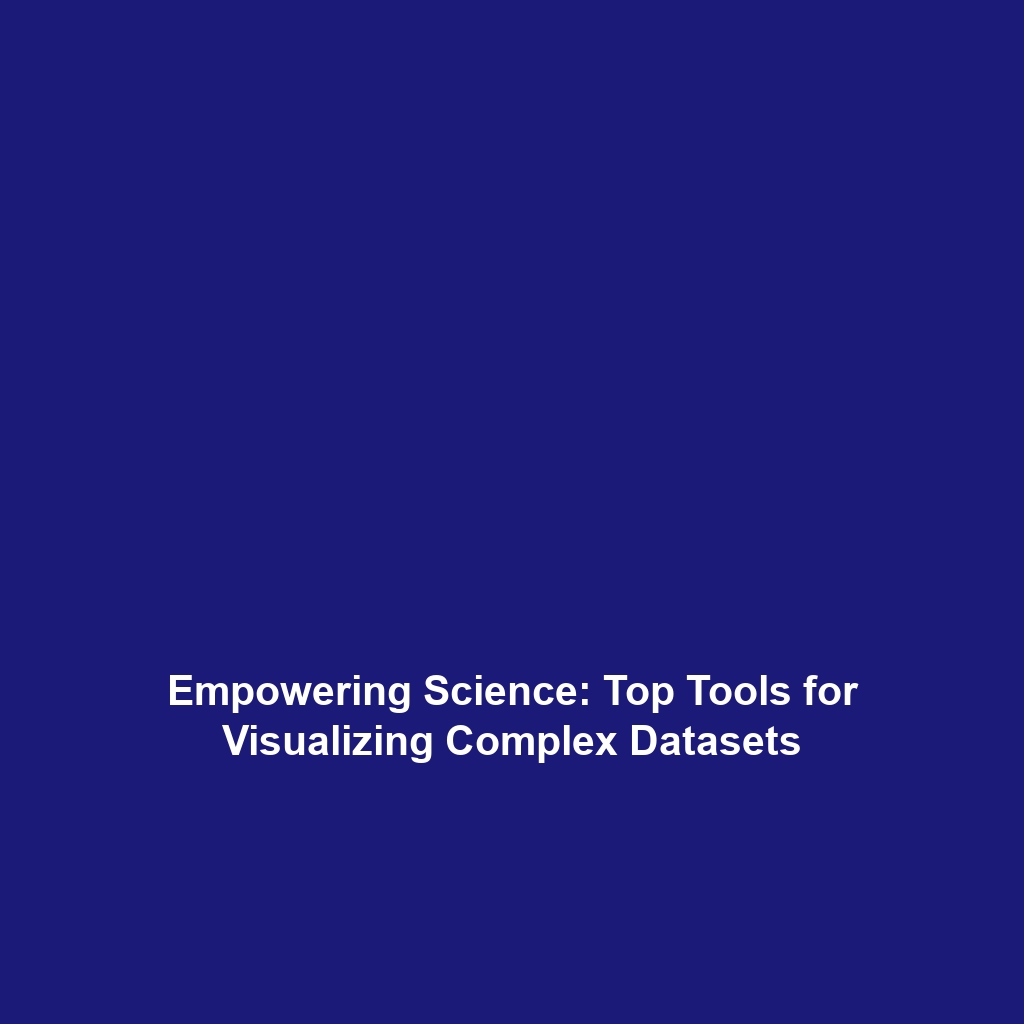How Indigenous Populations Have Adapted to Varying Climate Conditions Over Millennia
Indigenous populations around the world have demonstrated remarkable adaptability to changing climate conditions over millennia. This ability to survive and thrive amidst environmental fluctuations is significant within the broader context of Climate History. Understanding these adaptations offers insights into human resilience, sustainable practices, and future strategies for addressing climate change. This article delves into the intricacies of indigenous adaptations, exploring key concepts, real-world applications, current challenges, and potential future research directions.
Key Concepts of Indigenous Adaptations
Indigenous populations have utilized a variety of strategies to adapt to their unique environmental circumstances. Key concepts in understanding these adaptations include:
- Traditional Ecological Knowledge (TEK): Indigenous knowledge systems that offer insights into sustainable practices based on centuries of observation and experience.
- Resource Management Techniques: Practices such as crop rotation, controlled burns, and sustainable hunting that ensure resource availability.
- Cultural Resilience: The ability of communities to maintain cultural identity while adapting to environmental changes.
These concepts fit into Climate History by demonstrating how human societies have historically interacted with their environments and adapted over generations to ensure survival.
Applications and Real-World Uses
The adaptations of indigenous populations to climate conditions have real-world applications that are increasingly relevant today:
- How Indigenous Adaptations are Used in Climate Resilience: Successful indigenous methods of agriculture, such as sustainable planting techniques, can be integrated into modern farming practices.
- Conservation Efforts: Implementing traditional practices in biodiversity conservation, recognizing the importance of indigenous stewardship to sustainable ecosystems.
- Disaster Preparedness: Utilizing traditional knowledge to build community resilience against climate-induced disasters.
Current Challenges
Despite the wealth of knowledge and adaptability of indigenous populations, several challenges hinder the study and application of their practices:
- Challenges of Data Representation: Traditional methods and knowledge often lack formal documentation, making it difficult to study their impacts effectively.
- Issues in Cultural Appropriation: Exploiting indigenous knowledge without proper consent or recognition can lead to ethical concerns and loss of trust.
- Climate Change Pressure: Rapid climate shifts may overwhelm traditional adaptation strategies, leading to potential cultural and ecological losses.
Future Research and Innovations
Future research into how indigenous populations have adapted to climate conditions holds promise for new innovations:
- Interdisciplinary Studies: Collaborative research across anthropology, ecology, and climate science to broaden the understanding of indigenous knowledge systems.
- Next-Gen Technologies: Harnessing cutting-edge technologies to document and model traditional practices for wider application.
- Policy Development: Formulating policies that incorporate indigenous knowledge into climate action plans and disaster-response strategies.
Conclusion
In summary, indigenous populations offer invaluable insights into adapting to climate conditions over millennia, significantly contributing to the discourse of Climate History. Their unique practices not only emphasize the importance of sustainable living but also pave the way for future innovations and solutions to climate-related challenges. To learn more about how indigenous knowledge shapes our understanding of climate resilience, visit our Sustainability Practices and Climate Change Adaptation pages.



